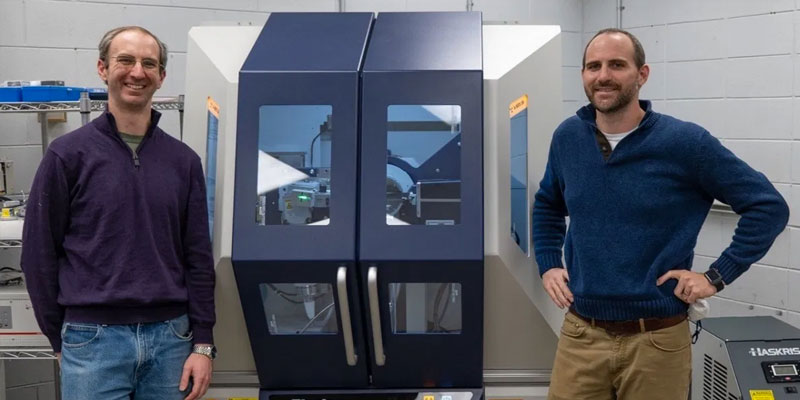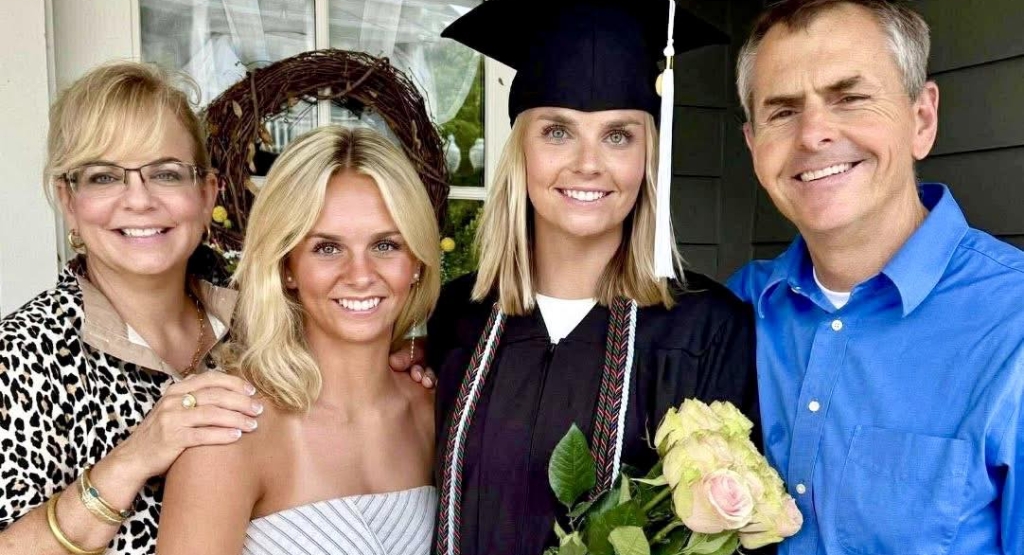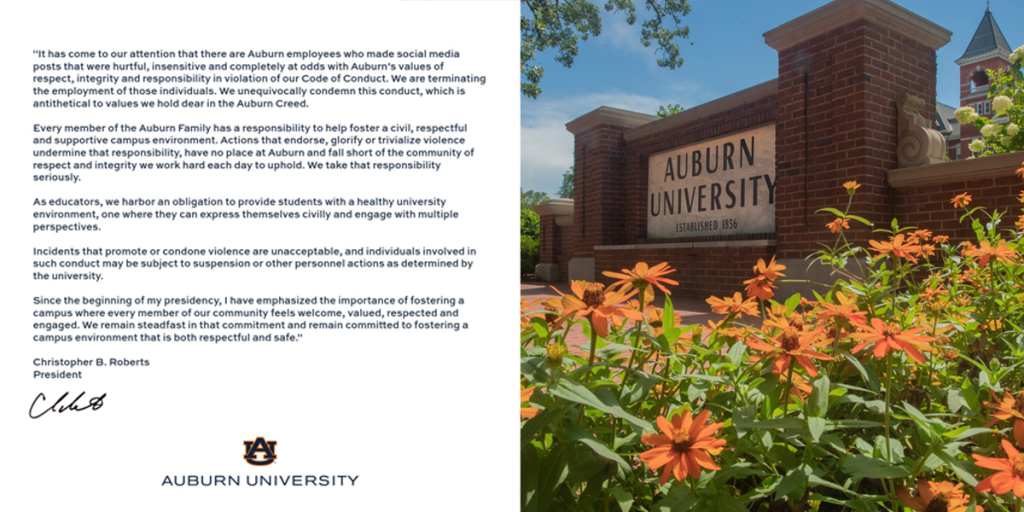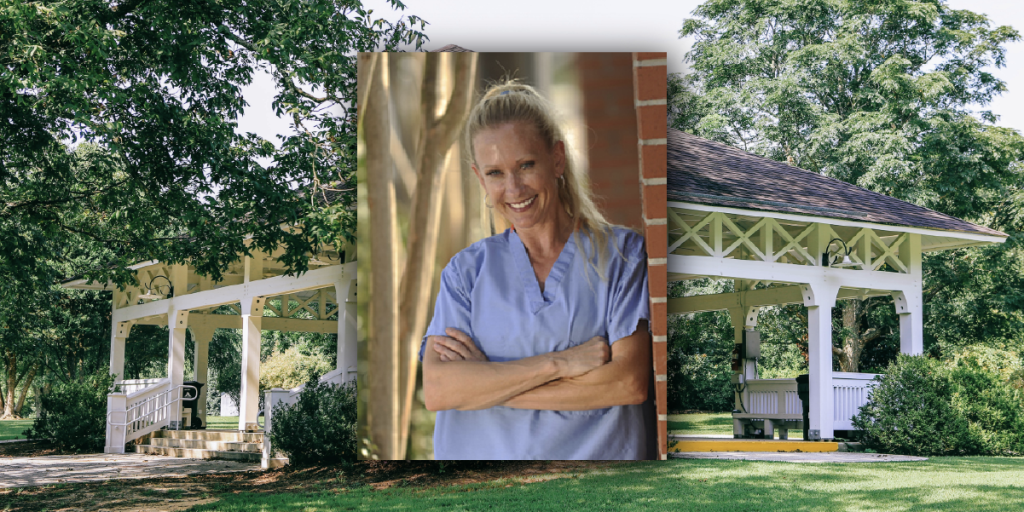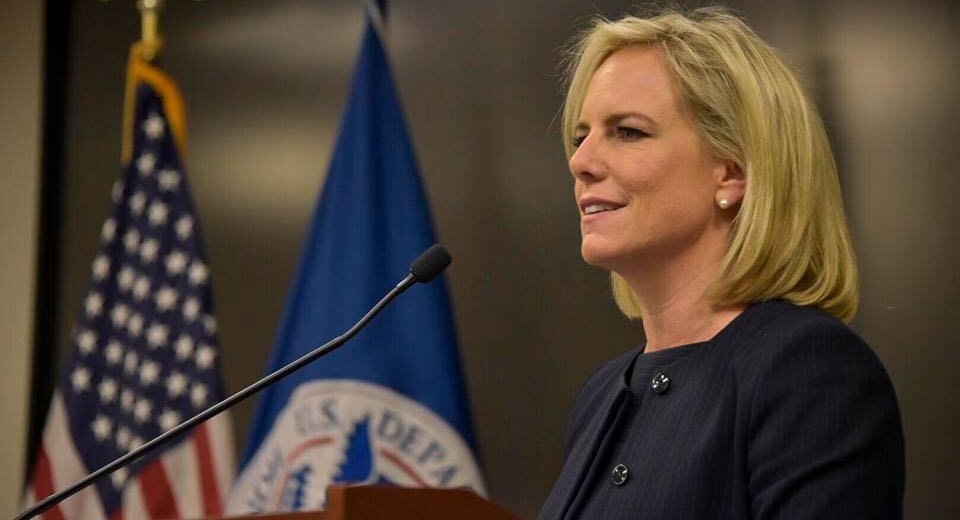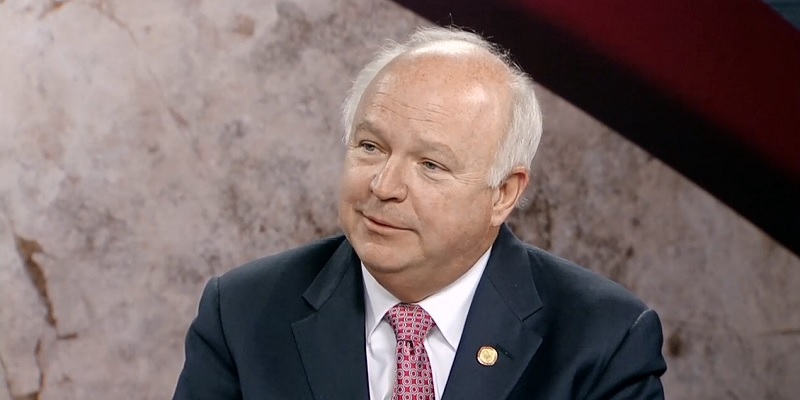Research at Auburn University that might one day expand the output of batteries and fuel cells is being furthered using a new X-ray device that is the only one of its kind in Alabama.
College of Sciences and Mathematics (COSAM) professors Ryan Comes, the Thomas and Jean Walter Assistant Professor in the Department of Physics, and Byron Farnum, an assistant professor in the Department of Chemistry and Biochemistry, have worked together for three years on research for next-generation materials for electronic and energy applications at Auburn. Now, they are bringing world-class X-ray diffraction instrumentation to Alabama for the first time.
A $280,487 grant with cost-sharing of $120,000 has enabled Auburn to add a Rigaku SmartLab X-Ray Diffraction (XRD) instrument for core research through the Major Research Instrumentation program from the National Science Foundation.
The real-world impact of this instrumentation has direct applications to electronic materials and renewable energy, including perhaps expanding the output of batteries and fuel cells, a prime area of focus of Farnum’s research. The equipment, housed in the Department of Chemistry and Biochemistry building, can scatter X-rays off atoms in a crystal, providing detailed measurements of atomic structure with impressive rapid-data acquisition.
“No other instrument in the entire state of Alabama has such finely tuned resolution designed for materials research,” Farnum said.
That capability means that researchers can precisely measure the properties of materials less than 100 atoms thick, materials that Farnum and Comes routinely study in their research. The new instrument allows all X-ray scattering experiments, with the data collected directly influencing the professors’ research.
The system has a battery cell attachment that allows researchers to study how materials used for energy storage transform when they charge and discharge.
“It is critical for COSAM to make these kinds of investments that provide state-of-the-art instrumentation to enhance the research capabilities of our faculty and students,” said Edward Thomas Jr., professor and associate dean for research and graduate studies. “We are very proud of the hard work that our faculty did to bring this new X-ray diffraction instrumentation to Auburn University.”
This interdisciplinary partnership includes Auburn’s Samuel Ginn College of Engineering, with Masoud Mahjouri-Samani and Peng Li from Electrical and Computer Engineering; Tae-Sik Oh from Chemical Engineering; and Majid Beidaghi from Materials Engineering. Farnum, Oh and Beidaghi are part of the Auburn energy research cluster, while Comes, Li and Mahjouri-Samani are part of the university’s emerging quantum research initiative.
“The battery-testing capability of this instrument is a crucial tool to support our effort to develop the next generation of batteries here at Auburn,” Beidaghi said.
The award includes a broader impact, with institutions throughout Alabama benefiting from the use of the equipment. It will also be available for academic and industrial use by outside researchers.
Summer undergraduate researchers in the NSF-funded Collaborative Approaches among Scientists and Engineers program will perform research projects on the system each year.
“Auburn University is emerging in the thin-films materials research realm,” said Comes, winner of the 2020 Air Force Young Investigator Award and 2021 National Science Foundation Career Award. “This instrumentation will help COSAM and Auburn University make a tremendous impact through next-generation materials while training future scientists and engineers in this interdisciplinary research field.”
This story originally appeared on Auburn University’s website.
(Courtesy of Alabama NewsCenter)




